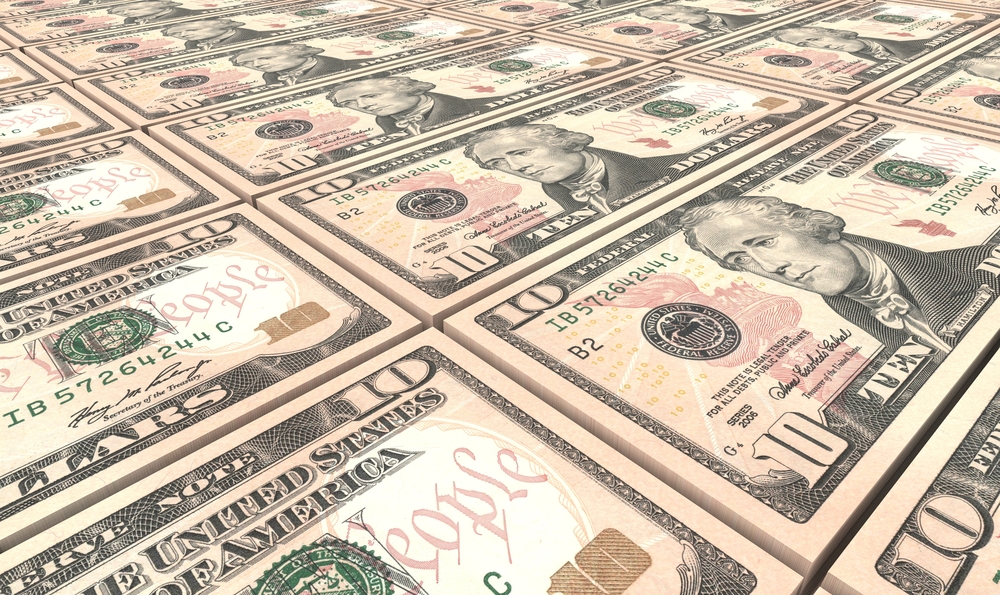Why Inflation May Pick Up in 2016
In a recent article, the Wall Street Journal reviewed what economic forecasters got right and wrong in 2015. Among what they got wrong is the inflation forecast. In December 2014, Fed officials forecast an inflation rate of between 1 and 1.6 percent, but it turned out to be only 0.4 percent by November (December inflation numbers are not known yet). But this may not be quite as big a failure of forecasters as it seems, because there is more than one way to look at inflation.
The 0.4-percent inflation through November is measured by the personal consumption expenditures (PCE) price index, which has shown an average of 0.3 percent inflation in 2015, held back mainly by the declines in oil prices. Excluding foods and energy, core PCE inflation (favored by Fed economists) in 2015 shows a rate of 1.3 percent, falling into the forecast range of between 1 and 1.6 percent.
Today’s low oil prices are likely to mean higher inflation in 2016. For one thing, inflation measures percent changes in prices, not the prices themselves. Crude oil prices (WTI) in 2015 fell about 50 percent, to below $40 per barrel. Some may argue oil will keep falling in 2016 due to oversupply or other reasons, but the decline has to stop at some point. (You may welcome the fact that oil is cheaper than milk now, but if oil ends up being cheaper than spring water, that will be scary). In this sense, a slower decline or even a rebound (however small) in oil prices in 2016 will push up inflation.
Besides oil, other economic factors may also lead to higher inflation in 2016. First, better labor market conditions normally put upward pressure on inflation. A tighter labor market pushes up wages, which then increases consumer demand, driving up prices. Price increases have not materialized so far this year, and wages were flat in the most recent jobs report. But statistical analysis shows that the lower unemployment rate causes higher inflation with a nine-month lag. The fact that the unemployment rate dropped from 5.7 percent in January 2015 to 5.0 percent in November will possibly contribute to a higher inflation in 2016.
On the money/credit front, higher interest rates are usually assumed to curb inflation. But the Fed’s interest rate increase in December 2015 has not caused a big impact yet. Continuously rising interest rates, if that happens, may actually spur inflation in the short run (say, in 2016) instead of fighting it. After a long period of low interest rates, when rates start rising, consumers and investors tend to anticipate even higher rates to come. So, they would actually increase borrowing and investment now rather than later, temporarily spurring demand, which would push up prices.
But once the initial boost subsides, demand would slow down, and so would inflation. In other words, higher interest rates cause lower inflation with a lag, which is supported by statistical analysis of past economic cycles.
All in all, inflation is likely to pick up some in 2016, as a result of oil prices, labor market conditions, and interest rates. But there is no evidence of runaway inflation in the near term.









